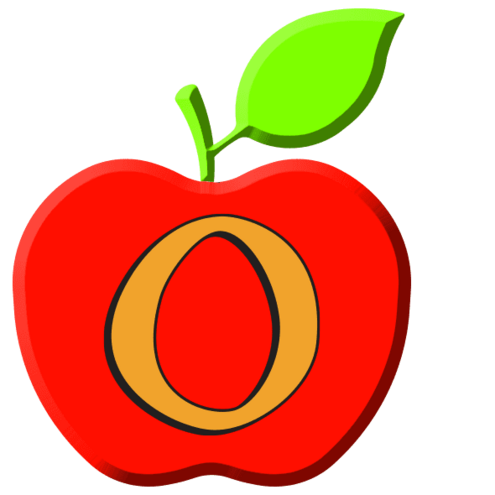
Teaching and Learning with OLogy

Teaching and Learning with OLogy
We hope you can use OLogy to engage your students in standards-aligned online content. Watch this short video to learn more about OLogy.
Below is a sample of resources at all K-8 grade levels that support classroom learning.
For more K-12 learning resources visit Resources for Learning.
KINDERGARTEN
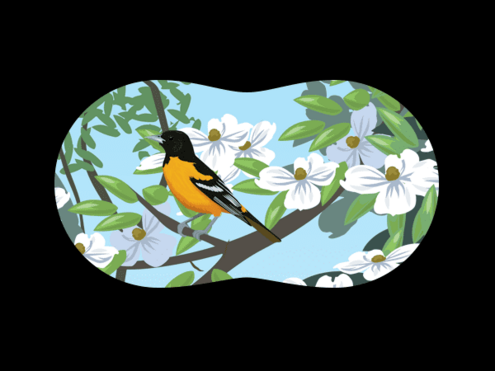
Birdwatching with Theodore Roosevelt
Can you find all 16 birds in this sanctuary? When you do, listen to their songs.
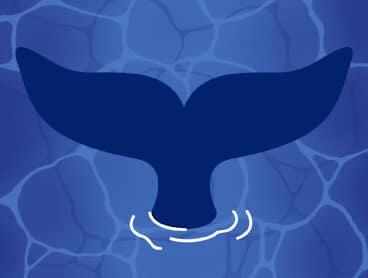
A Whale of a Tale
Students can read about the Museum's 94-foot long star attraction! In this colorful article, students can obtain information about what a blue whale needs to survive.
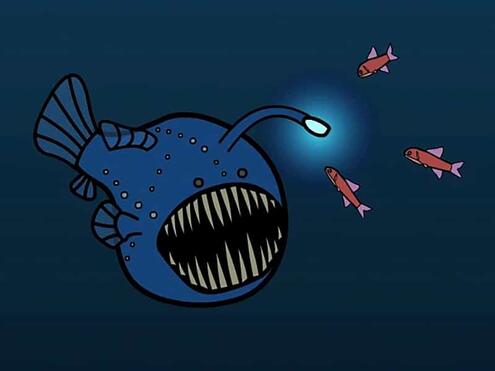
They Glow!
In this activity, students can learn about the function of bioluminescence in marine animals by looking at photographs, listening to information, and singing along with a video.
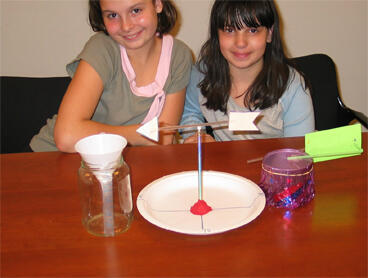
Make Your Own Weather Station
Students can plan and carry out investigations of local weather patterns by building their own weather stations to collect observations of various weather conditions: rainfall, wind direction, and air pressure.
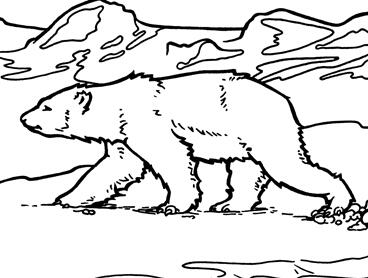
Arctic Story Puzzles
Students can sequence three different picture puzzles from the Arctic to explain how polar bears and humans get what they need from the environment.
GRADE 1
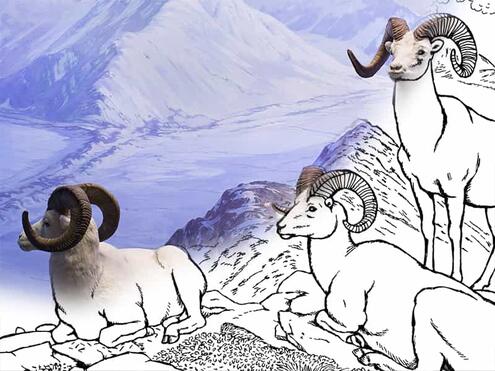
North American Mammals Coloring Book
Find out how six species of mammals survive in their habitats. And bring them to life in this coloring book?
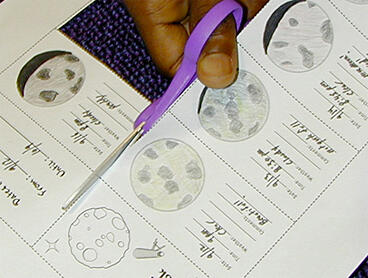
Moon Flip Book
By making a flip book, students can see the moon in action and discover why our view of it changes nightly. Students can then analyze their flip books to observe, describe, and predict patterns in the sky.
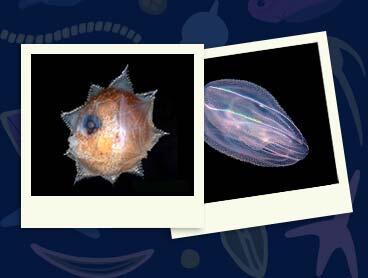
Find My Plankton Baby Picture
By observing photos of plankton at different life stages, students can obtain information that will allow them to construct evidence-based accounts of how parents and offspring don’t always look alike.
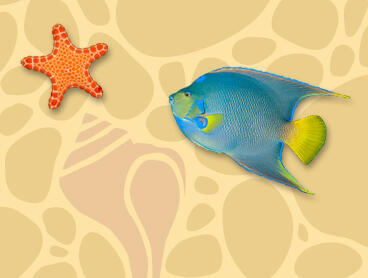
Ocean Creature Feature
In this interactive quiz game, students can read clues about adaptations that allow marine animals to survive and thrive. After considering the structure and function of each animal, students can match it to one of three photographs.
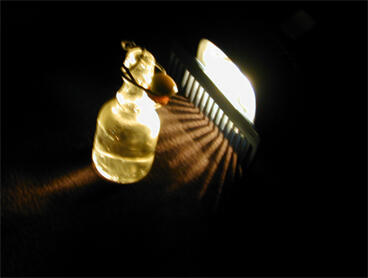
See the Light
With these three easy experiments, students investigate three different properties of light: reflection, refraction, and color absorption.
GRADE 2
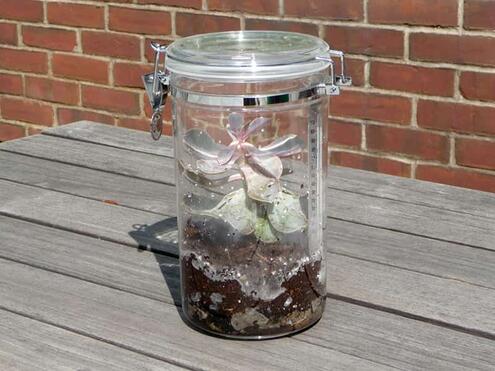
Make a Terrarium
For billions of years the greenhouse effect has made life possible on Earth. Build a terrarium to see this process at work.
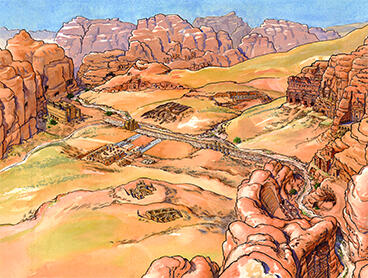
A Walk Through the Ruins of Petra
This interactive presents images and discussion questions about the ancient city of Petra. Among other lines of inquiry, students can analyze and interpret data to determine the type of building material that would be best suited for use in various climates.
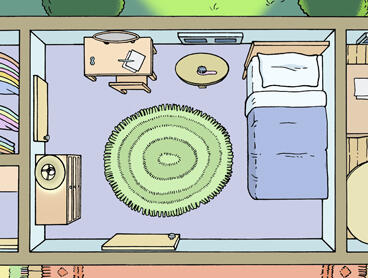
Map Your World
Students can follow these easy steps to develop a model (drawing) of their room and the things in it. Then they can broaden the drawing to include their entire floor, apartment, or house.
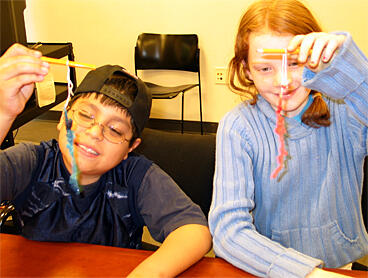
Grow Rock Candy
Students can carry out an investigation using sugar and water to determine whether heating or cooling a substance may cause changes that can be observed. This activity reinforces the ideas that the properties of materials can change when heated and that sometimes those changes may not be reversible.
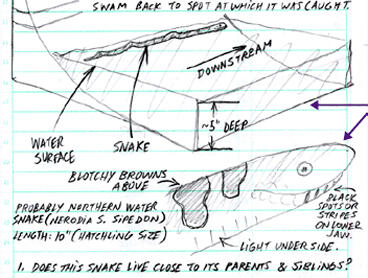
Keeping a Field Journal
This simple tool can help students plan and carry out investigations of wildlife in their area. (Note: this activity can be accomplished from indoors looking out a window.)
GRADE 3
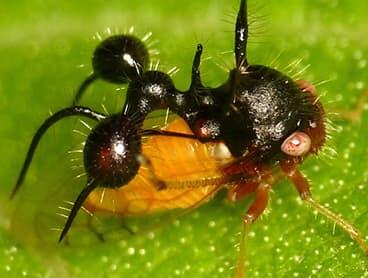
What's This? Staying Safe
One of the keys to survival is staying safe. Discover some of the amazing ways that organisms keep from being eaten.
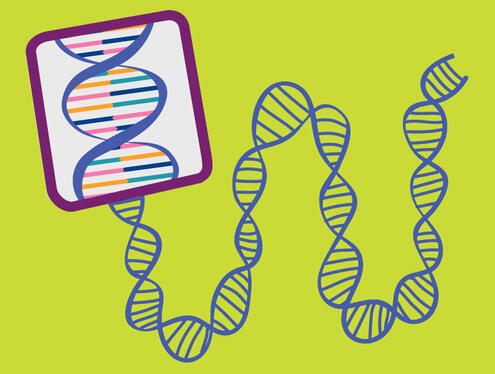
What Makes You, YOU?
In this short animated video students zoom inside their cells for a fascinating look at chromosomes, DNA, genes, and more. The video provides a clear and basic explanation of how offspring inherit traits from parents.
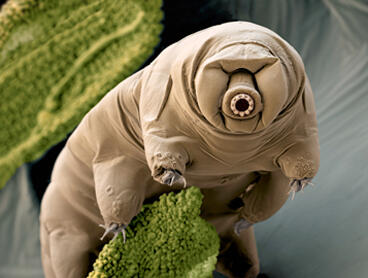
What's This? Life at the Limits
In this interactive article, students can discover some of the remarkable ways that species have evolved to survive in some of the most extreme environments on Earth. In many cases, cause and effect relationships are identified and used to explain adaptations.
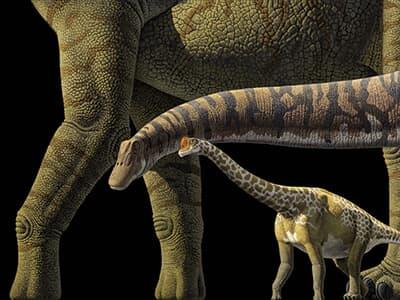
Living Large
This engaging game about dinosaurs allows students to analyze and interpret fossil data, as well as engage in argument from evidence. The game helps students to understand that fossils provide evidence about the types of organisms that lived long ago and the nature of their environments.
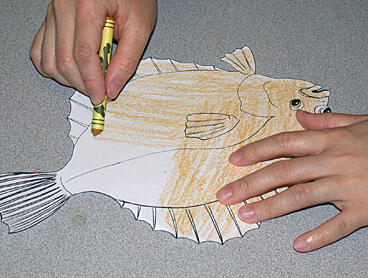
Crazy Camouflage
Create a flounder fish that's hard to spot! In this hands-on activity, students gather evidence to explore how camouflage helps animals survive.
GRADE 4

Hurricanes: Storms from the Sea
How do simple storms turn into swirling hurricanes? How do scientists study and predict them?
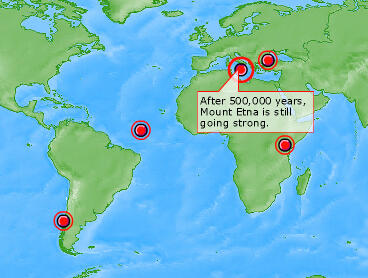
Plates on the Move
Volcanic eruptions, massive tsunamis, powerful earthquakes... students can examine how plate tectonics affect our world. By watching animations, reading stories, and answering questions, students analyze and interpret data to find patterns among Earth's features.
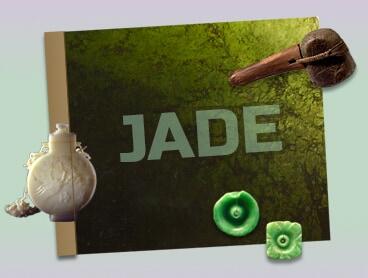
All About Jade
What makes the prized rock called jade so special that people have used it for so long, and in so many different ways? By responding to questions in an interactive quiz, students can communicate their knowledge of planet Earth, its features, and changes that occur through several natural processes.

What Do You Know About Earth?
This interactive quiz challenges students to assess their knowledge of planet Earth, its features, and the changes that occur through natural processes.
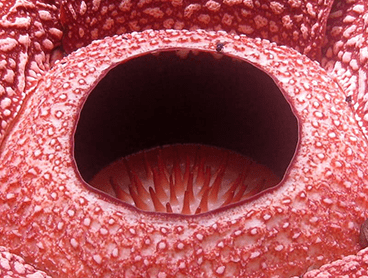
What’s This? Feeding
This quiz reveals some surprising ways that organisms get energy and supports students’ understanding that plants and animals have specific structures that help them get the food they need to survive.
GRADE 5
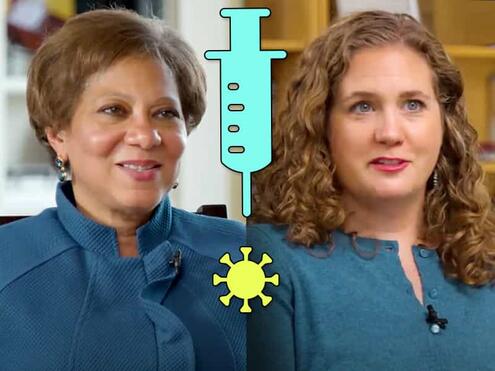
Ask a Scientist About Covid-19 Vaccines
Medical doctor Lisa Cooper and epidemiologist Jennifer Nuzzo answer kids’ questions about COVID-19 and the mRNA vaccines.
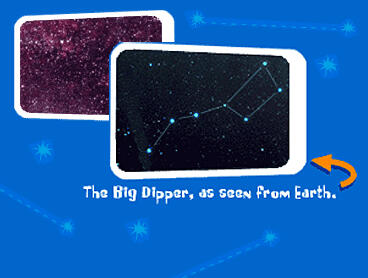
Build the Big Dipper
Using common household objects, students can build a mobile to see what the Big Dipper would look like from outer space. Students can then analyze their model to describe the difference in scale among the stars in the Big Dipper constellation.
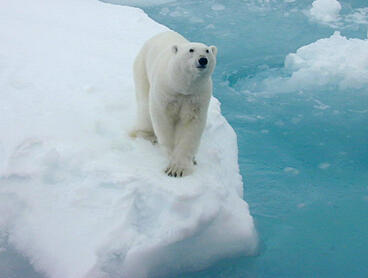
What's the Big Idea About Water?
This comprehensive article provides information about the physical properties of water, the importance of water as an Earth material, the processes and cycles that water undergoes on Earth, its importance to life on Earth, and why we should protect our water sources.
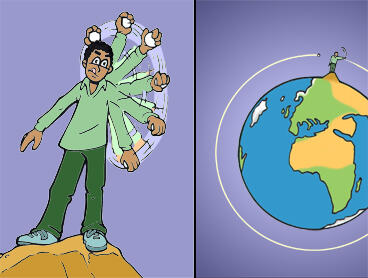
Train of Thought
These thought experiments (mental models) illuminate the laws that describe the phenomena of orbit, gravity, and the speed of light.
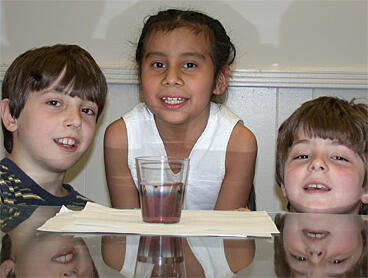
Test Density with a Supersaturated Solution
Do fresh water and salt water mix? Students can find out by carrying out an investigation to find out what happens when fresh water and salt water collide.
GRADES 6-8

Power of Plate Tectonics
Explore the layers of our planet: the crust, mantle, and core. And find out how plate tectonics affect our planet.
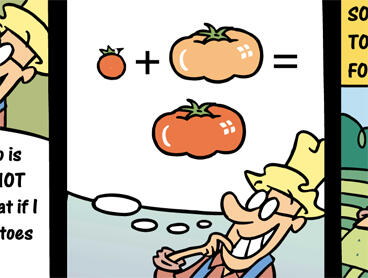
The Quest for the Perfect Tomato
Find out how scientists are using genetics to change the food you eat.
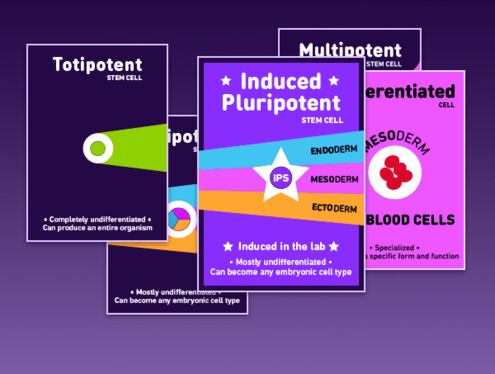
Differentiate! The Stem Cell Card Game
Find out how scientists are using genetics to change the food you eat.

What do you Know About the Human Microbiome?
Test your knowledge about the bacteria and other microbes that live on and in us.
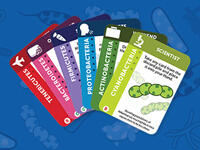
Gutsy: The Microbiome Card Game
Find out more about the bacteria that live in our digestive system. Be the first to diversify their gut microbiome and win!
OLogy Challenge!

Challenge your students with these OLogy Challenges! We're no longer accepting submissions, but you can still do these great hands-on activities any time. Just click on the Challenge to find instructions and, for inspiration, winning submissions from kids around the world.
At the Museum
- Considering a field trip to the Museum? Plan your visit here.
- Find out about professional learning opportunities, and other educator programs, at the Museum.
- The Museum also offers programs for children and families.
OLogy and ReadWorks
You can also use OLogy to support reading comprehension in your classroom. Through a partnership with ReadWorks, a leader in providing free research-based curriculum materials for educators, we have created dozens of OLogy articles and paired them with vocabulary lessons and formative assessments. These units cover Earth, life, and physical science content and are available for elementary through high school students.
Example of Articles:
• "Creatures of the Reef" (3rd grade)
• "Wonderful World of Wasps” (5th grade)
• "Paleontology: The Big Dig” (7th grade)
• "Unearthing Pterosaurs" (11th-12th grade)
Explore them all here:
2nd-12th Grade Reading Passages from the American Museum of Natural History on ReadWorks
A Selection of Our Awards
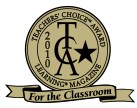
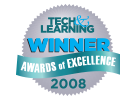








 Biodiversity
Biodiversity
 Brain
Brain
 Genetics
Genetics
 Marine BiOLogy
Marine BiOLogy
 MicrobiOLogy
MicrobiOLogy
 PaleontOLogy
PaleontOLogy
 ZoOLogy
ZoOLogy
 AnthropOLogy
AnthropOLogy
 ArchaeOLogy
ArchaeOLogy
 Astronomy
Astronomy
 Climate Change
Climate Change
 Earth
Earth
 Physics
Physics
 Water
Water
